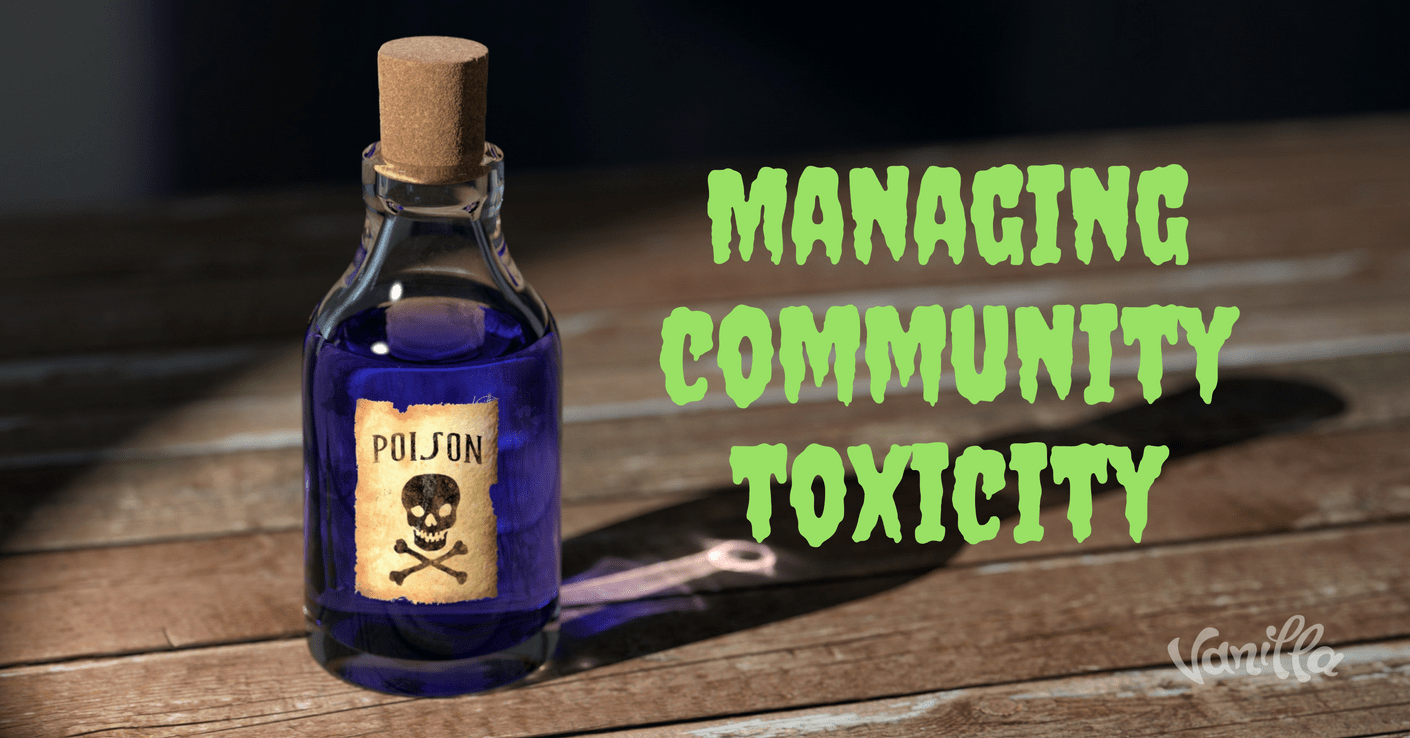
Managing Community Toxicity
Jeff Kaplan, director of Overwatch, has been known to regularly upload videos reflecting changes and trends in the game itself, but oftentimes he’ll discuss aspects of the game from a community-focused viewpoint.
HERE’S WHAT JEFF KAPLAN THINKS
Jeff Kaplan, director of Overwatch, has been known to regularly upload videos reflecting changes and trends in the game itself, but oftentimes he’ll discuss aspects of the game from a community-focused viewpoint. Kaplan recently spoke out about gamer toxicity within the Overwatch community and shared potential ways to fix, or at least discourage, this disruptive behavior.
The video received mixed reviews with many suggesting he’s feigning naivete and others saying he shouldn’t have expected “normal” behavior. Unfortunately, his critics have a point, and this is a perfect example of how not to handle a thought-provoking non-issue.
HERE’S WHY HE’S WRONG
Toxicity exists in nearly every online community to some extent. And apart from a relatively few exceptions, it never dictates the overarching player experience. Nobody’s pretending that toxicity doesn’t exist or that there’s a perfect strategy to rid ourselves of it once and for all, but Kaplan’s approach is exactly what you shouldn’t do as a public figure.
He said that the “community needs to take a deep look inwards” and think about how to better self-regulate and behave.
This is all kinds of wrong. Unless it’s a blatant wrongdoing by select, identified members, it’s never a good idea to blame the community as a whole, when the vast majority of its members are likely equally frustrated. . Barring trolls, how many players do you think enjoy being toxic? Toxicity is a product of frustration, disappointment and usually a combination of poor self control, a misunderstanding of social cues and a bad sense of humor.
Even when they’re completely aware that their behavior negatively impacts the l community, few toxic players feel it’s their responsibility to be a positive force for change. “If my team wasn’t so bad I wouldn’t have to yell at them” is something you’ll hear paraphrased often (usually with quite colorful language)–even in communities generally considered to be “non-toxic”.
THE SOLUTION? REWARD GOOD BEHAVIOUR.
As a community manager, what can you do? There’s no single approach that can be applied to every situation, but in most cases, a good starting point is to reinforce positive behavior.
Counter Strike: Global Offensive introduced a way to have player-reviewed gameplay of suspected cheaters. It’s called the Overwatch program (not to be confused with Blizzard’s successful FPS). It allows players to watch a match replay from the suspected player’s perspective to look for suspicious behavior, such as quickly snapping enemies’ heads or unrealistically fast reactions.
However, this approach fell flat because there was no reward system for the “good guys”. It could take upwards of 20 minutes to watch enough footage to find conclusive evidence, and all that would get you is a “thanks for your effort” message.
With the Counter Strike in-game economy booming, wouldn’t it have made sense to reward participants who submit a significant number of successful reports with low-tier items to trade in for desirable equipment?
While some may be opposed to this approach (“I paid X dollars for this weapon skin and they didn’t pay a penny”), proper implementation should reflect community values. They say time is money; mobile games love encouraging players to spend money to reduce waiting time, so why can’t the gaming industry embrace spending time too?
Ultimately, you’ll have to devise a solution which accurately reflects your community’s values. But, why not award the “least toxic” players a unique avatar flair (or shame toxic players with some other marking)? In general, users view player reports as having little significance. A toxicity reporting system could prove effective at isolating the worst offenders with a virtual scarlet letter. They can then be matched in games accordingly.
To recap:
- Implement the most effective solution while reflecting community values. Look at issues from a neutral 3rd party standpoint and decide the best way to address them. Then put yourself back in the community manager’s shoes to determine and plan for the community reaction. While it may not always be intuitive to plan for Z when you’re about to announce X, it protects you (and the community) from Y.
- Reward good behavior with opportunities for players to actively make an effort to do good. This is more effective and easier to monitor than passive approaches like frequent reminders to praise good teamwork and “don’t feed the trolls”.
- Never, never, never blame the community. This is right next to “the customer is always right” in how to keep your community happy. Unless it’s a specific individual or relatively small group within the community (i.e. a gaming clan or group of friends), it’s crucial to remember that by blaming the community for negative behavior, you’re implicating every member of the community individually.

